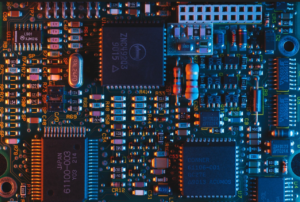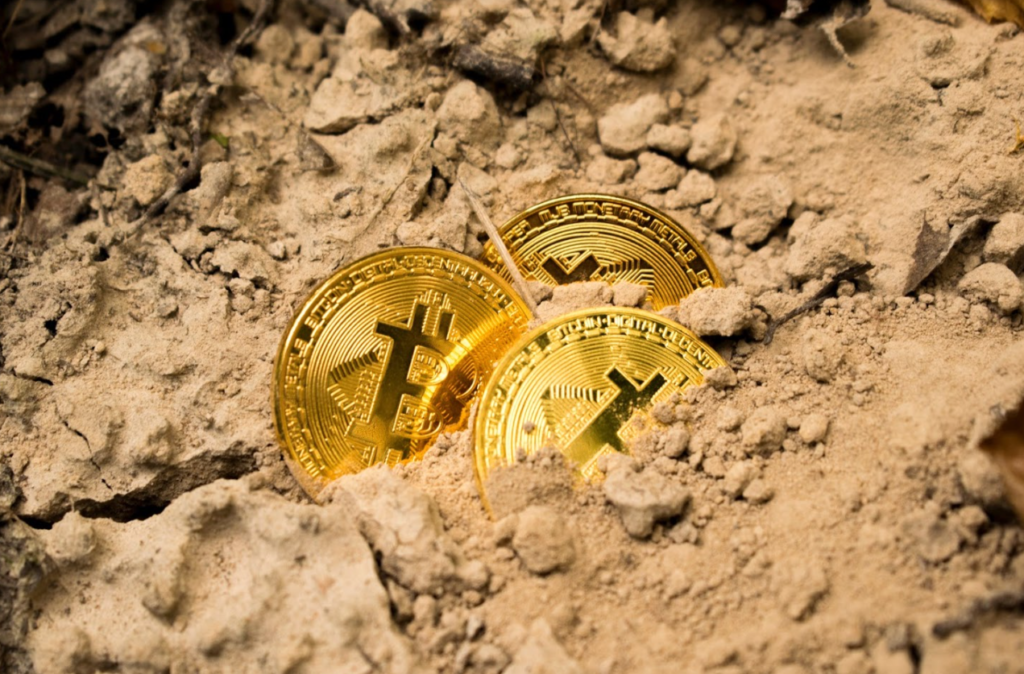What have you been doing to protect your assets from huge losses? Have you used investment diversification or applied them all in one place?
It is undeniable: investing involves risks, but there are strategies that can help reduce the consequences of a bad time in the market. Among them is the diversification of investments.
Despite being a common issue in the financial market, many are still unaware of its importance, and even that investing in real estate can assist in this objective of protecting and building equity.
But, before we talk about the advantages of this strategy and how to invest in real estate comes as an option, let’s start with the basics:

What is investment diversification?
Investment diversification is a technique that aims to dilute risks and maximize gains. It is a distribution of money in different applications, so that the investor is not so affected when there is any negative performance. It is a concept widely defended and used in the investment universe.
You may have heard the advice “don’t put all your eggs in one basket”. It is an old metaphor to explain that if you put the eggs in the same basket and, by chance, drop it, everyone will break. But, if you separate the eggs into several baskets, and eventually one of them falls, you will lose only one egg. In the investment world, the name of this is diversification. This is how you can guarantee more security in your wallet.
Applying your money in different places is important to dilute the risks and maximize the gains. Thus, when one of your applications is not performing well, it will not be as impactful, as the others can compensate for this loss.
Investing in real estate: an option for portfolio diversification
Characterized as a safe investment and providing gains in the medium and long term, real estate appears as a good option for portfolio diversification.
Taking the crisis generated by the Covid-19 pandemic as a scenario, many investors who focused their resources on stocks panicked at the stock market’s downturn.
However, those who have part of their resources allocated to real estate, have a greater sense of security. And even when the real estate market oscillates downwards, the investor manages to have a longer period to make decisions. It is a segment with less volatility.
It is also a way to earn extra income, by renting these properties, and to build equity. However, when investing in real estate, it is necessary to take into account some considerations:
- Investing in real estate is more common among investors with a conservative profile, whose main concern is to avoid the great risks of the volatility of the Stock Exchange and focus on investments that provide returns in the medium and long term;
- More moderate and even bold profiles also enter this market, often buying apartments still in the plant with more attractive prices , to resell with appreciation in the medium term;
- When choosing a property, it is important to assess its potential for appreciation. Observe the location, possibility of urban growth and quality of the development;
- Pay attention to your needs: despite being a safe investment, the properties have reduced liquidity. If you believe that you will need the money in a short time, it is important to know that the process of selling and renting the property may not be as fast as you wish;
- Ask the Brokers for assistance, professionals who can help you choose the ideal property, as well as inform you about the potential of the project and location.

What are the advantages of diversifying investments?
Dilution of risks
As we have already mentioned, the main objective of investment diversification is to reduce risks in the face of fluctuations in the financial market.
When you distribute your resources in different places, an eventual drop in a specific investment will affect only a percentage of your money. Thus, there is a dilution of risks and protection in different cycles of the economy.
Consistent profitability and potential gains
Beginning investors may wonder if the investment diversification technique does not affect their earning potential. Industry experts say no. In fact, what you reduce is the oscillation.
There is a possibility that you will not profit as much as possible, but you will also not have significant losses. When the risk is assertively diluted, falls are more controlled and ensure better returns in the short, medium and long term.
And in a scenario in which one of the portfolio’s investments comes up, you will increase your return.
Security and balance
Even experienced and bold investors choose to diversify their investments. This balance in the portfolio may affect the pace of financial growth, however, it is a very plausible way to build equity in the long run.
It is also important to emphasize the security that this technique brings to the investor. This regardless of what economic cycle it is in: accumulation, profitability or capital preservation.
Regardless of the financial phase, it is worth knowing this concept and taking advantage of opportunities, including investing in real estate to protect and even enhance your earnings.






















